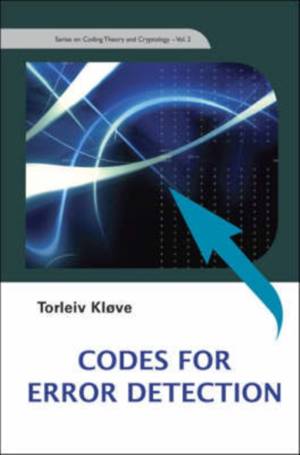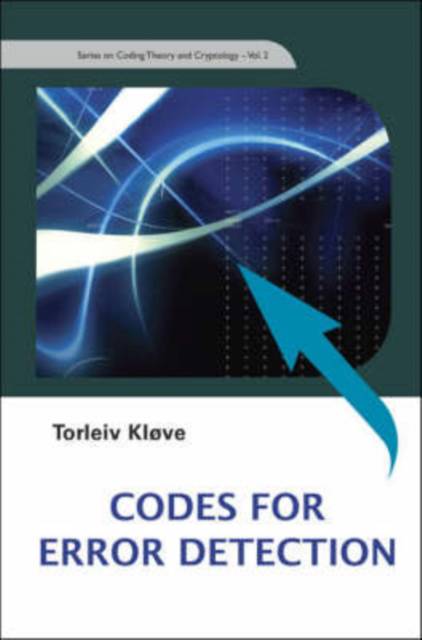
- Afhalen na 1 uur in een winkel met voorraad
- Gratis thuislevering in België vanaf € 30
- Ruim aanbod met 7 miljoen producten
- Afhalen na 1 uur in een winkel met voorraad
- Gratis thuislevering in België vanaf € 30
- Ruim aanbod met 7 miljoen producten
€ 142,95
+ 285 punten
Omschrijving
There are two basic methods of error control for communication, both involving coding of the messages. With forward error correction, the codes are used to detect and correct errors. In a repeat request system, the codes are used to detect errors and, if there are errors, request a retransmission. Error detection is usually much simpler to implement than error correction and is widely used. However, it is given a very cursory treatment in almost all textbooks on coding theory. Only a few older books are devoted to error detecting codes.This book begins with a short introduction to the theory of block codes with emphasis on the parts important for error detection. The weight distribution is particularly important for this application and is treated in more detail than in most books on error correction. A detailed account of the known results on the probability of undetected error on the q-ary symmetric channel is also given.
Specificaties
Betrokkenen
- Auteur(s):
- Uitgeverij:
Inhoud
- Aantal bladzijden:
- 216
- Taal:
- Engels
- Reeks:
- Reeksnummer:
- nr. 2
Eigenschappen
- Productcode (EAN):
- 9789812705860
- Verschijningsdatum:
- 1/07/2007
- Uitvoering:
- Hardcover
- Formaat:
- Genaaid
- Afmetingen:
- 161 mm x 229 mm
- Gewicht:
- 548 g

Alleen bij Standaard Boekhandel
+ 285 punten op je klantenkaart van Standaard Boekhandel
Beoordelingen
We publiceren alleen reviews die voldoen aan de voorwaarden voor reviews. Bekijk onze voorwaarden voor reviews.










